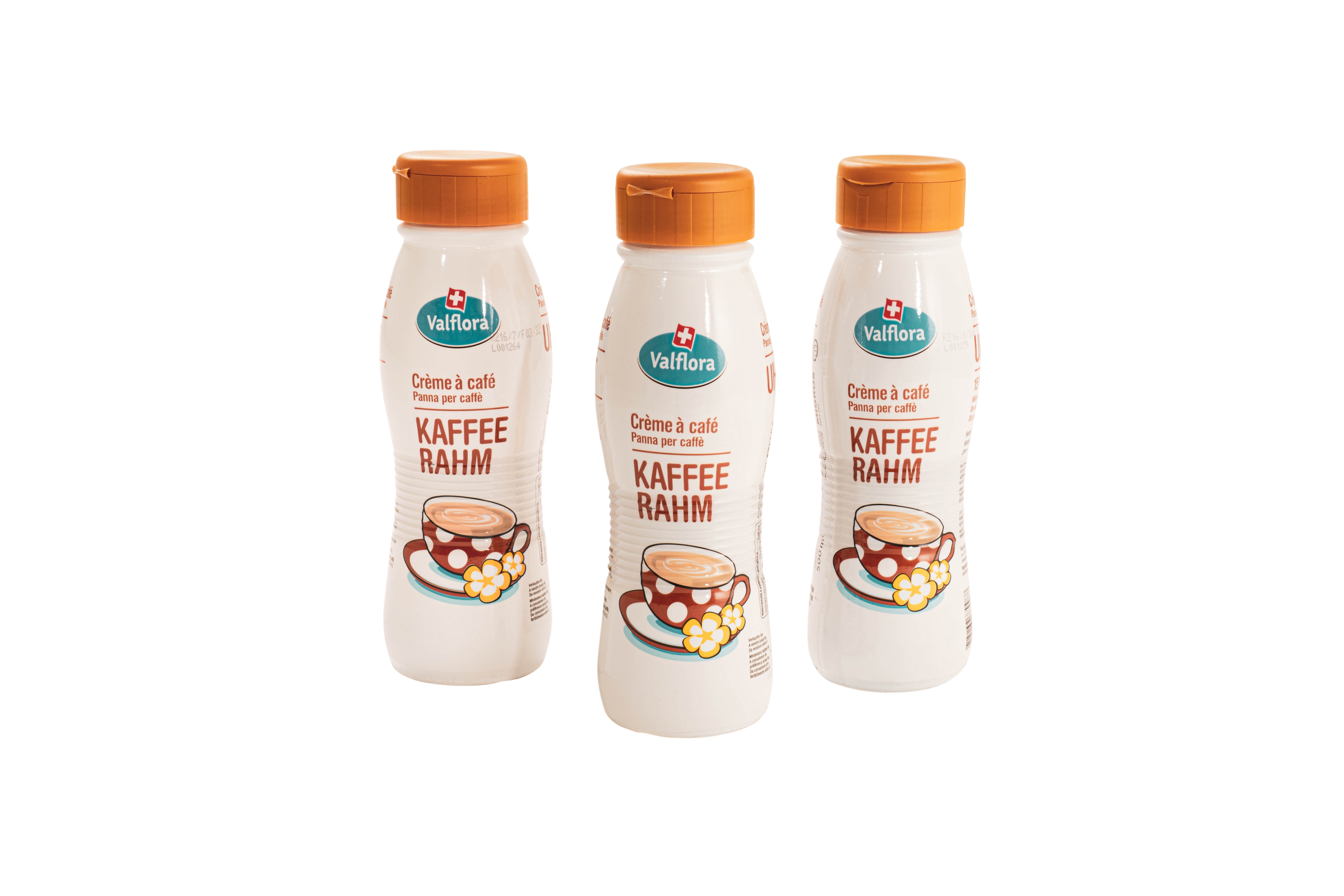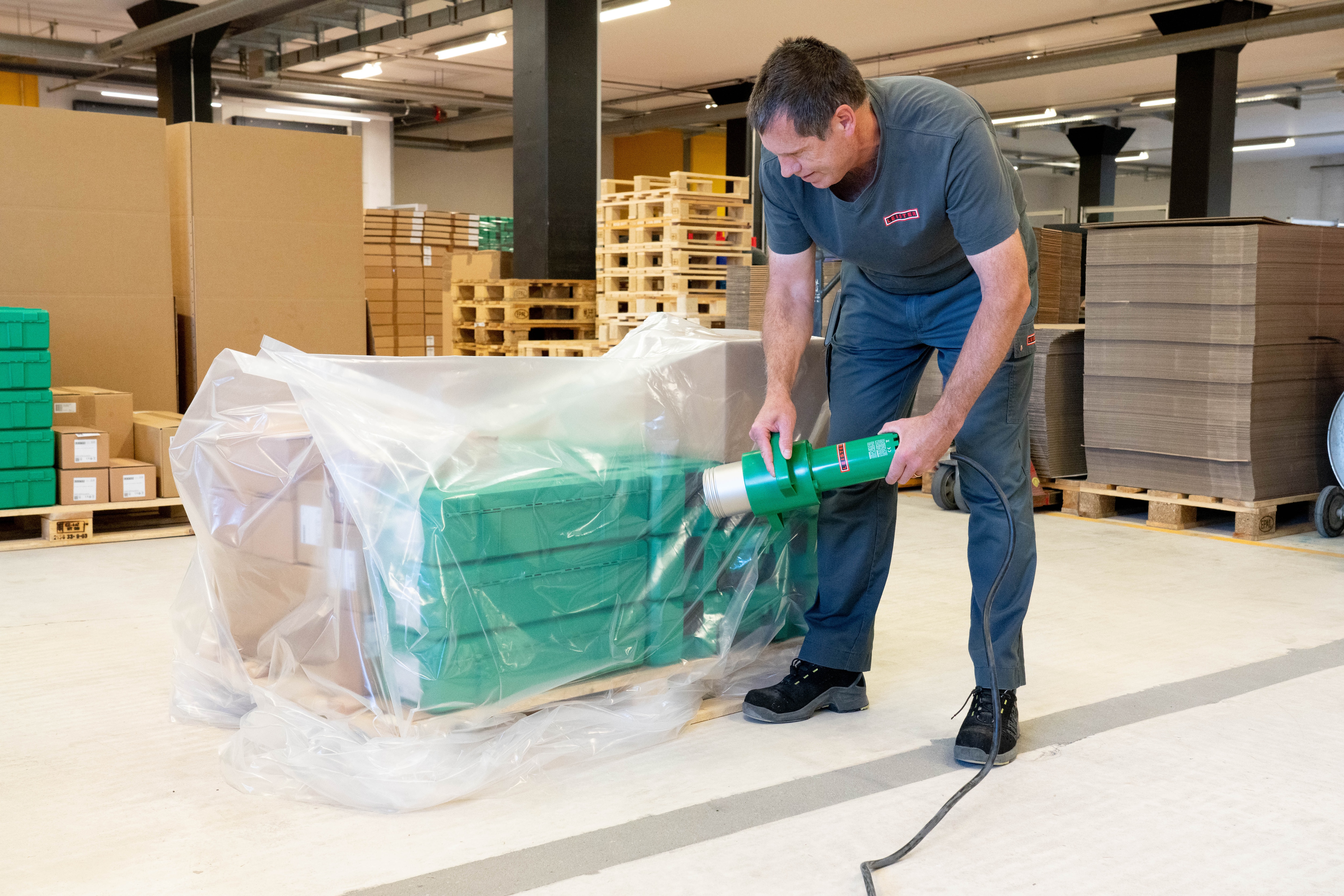Film Shrinking


This process is used for small products, such as lipsticks, as well as entire pallets that have been loaded with goods.
Hot air shrinking is also widely used in beverage packaging applications. Instead of having a label applied to them, individual bottles are often wrapped in a decorative "sleeve.” This may only cover part of the bottle or even extend through the entire height. Another typical application is the use of shrink film to create a pack that ranges from six to 24 bottles or cans. Shrink-on caps are placed over the opening of wine bottles (screw tops or corks) to protect them against contamination, as well as decorative purposes. When these preformed caps are exposed to hot air, they shrink tightly around the neck of the bottle and closure.

This thin packaging film can be purchased inexpensively and it’s easy to recycle. The use of transparent shrink film also allows goods to be examined without having to open the packaging. In addition, the goods are better protected against weather exposure, soiling and damage. Containers are most often packaged and shipped in this manner and then end up at the retailer for the final sale. This can be canned goods or beverages for the food industry or filled paint buckets, varnishes, garden soil for the home-improvement market. All possible goods found in wholesale and retail trade are packed in such a manner that they can be transported on pallets or in bundles.

Various vehicles can also be temporarily protected with shrink film for transport purposes. Examples of this are the transport of new cars, which are transported to the destination country on trucks and trains, or the transport of large sailing yachts on the motorway across Europe from one sea to another. To prevent B. New cars and yachts are not heavily soiled on the road and are better protected from minor damage such as stone chips or scratches, they are usually shrink-wrapped with PE shrink films before transport.
This is not to be confused with vehicle wrapping, which involves the precise application of film to paint. The colored film used here can hardly be distinguished from paint afterwards and is often used for advertising purposes. Information on this can be found under the expertise "Vehicle Wrapping".